40 years of science sets the course for the largest recovery of species in U.S. history
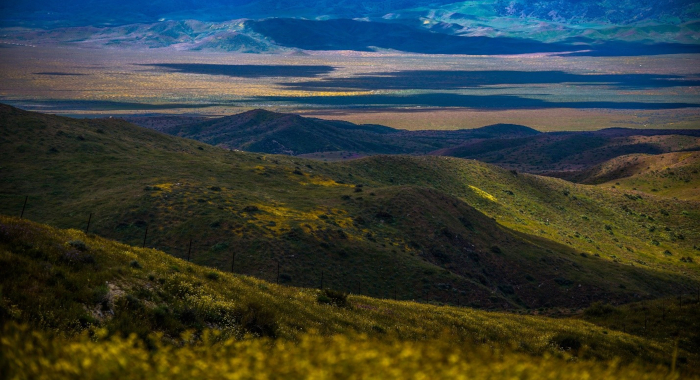
San Joaquin Valley's Carrizo Plain National Monument sits in the heart of California. Photo: © Ethan Inlander |TNC
Over four decades ago, TNC embarked on conservation efforts across the upland landscapes of the San Joaquin Valley in Central California. These landscapes are some of the most threatened habitat types anywhere in the country due mostly to massive land transformation that occurred through agricultural development across the Valley over 150 years. TNC began at the Carrizo Plain which hosts the highest concentration of threatened and endangered species anywhere in the continental U.S. The Carrizo was also threatened by its close proximity to one of the nation's largest oil production fields.
Working with many partners, and most closely with the Bureau of Land Management and California Department of Fish and Wildlife, TNC's initial investments in acquisition grew to what is now the 250,000+ acre Carrizo Plain National Monument. The Monument is surrounded by more than 100,000+ acres of additional conservation land owned by other public and private entities.
With the land protected, TNC was determined to leverage this win and work to protect and manage similar habitats across the San Joaquin Valley. In 1993, the Avis S. Goodwin Research and Stewardship Endowment was established to help support these efforts at Carrizo and beyond. In 2001, the Carrizo Plain National Monument was established and in 2009 TNC became a Managing Partner of the Monument along with the Bureau of Land Management and California Department of Fish and Wildlife. This gave TNC a seat at the table, to help conduct and direct the conservation science needed to inform management of the Carrizo Plain and similar habitats across the San Joaquin Valley.
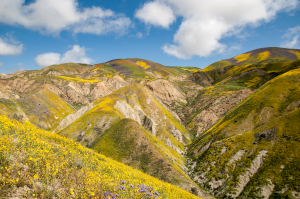
The Carrizo Plain in full bloom in 2017. Photo: © Sue Pollock | TNC
TNC and partners have used the endowment to fund answering the most important questions about how to manage the Monument for the benefit of a large suite of threatened and endangered species. Early studies examined the role of cattle grazing at the Monument and its impact on threatened and endangered species, like the giant kangaroo rat (see An Encounter with the Giant Kangaroo Rat in the New Yorker).
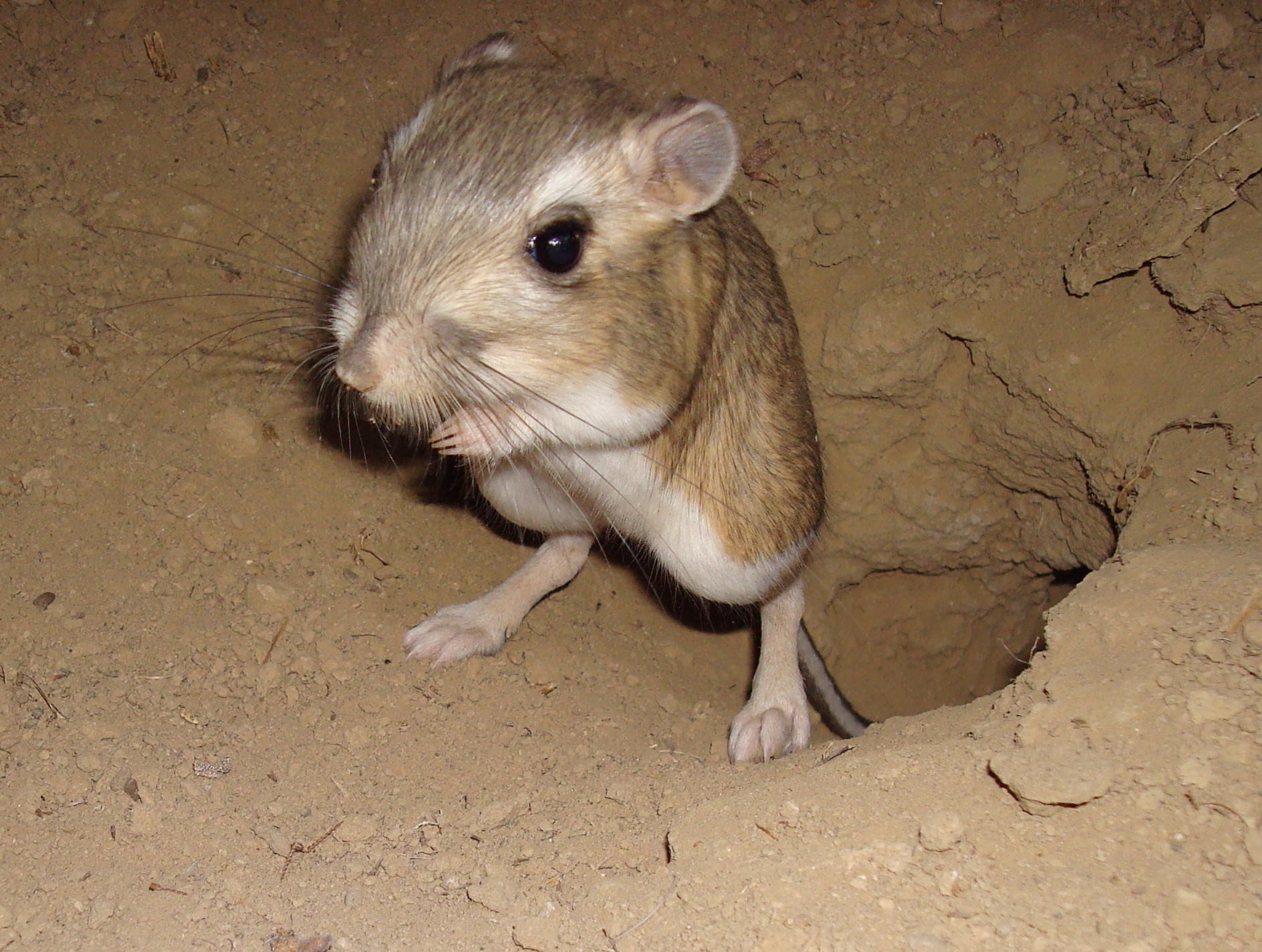
Giant kangaroo rat at Carrizo Plain National Momument. Photo: ©John Roser
Beginning in 2006, the endowment began funding a new crop of young researchers who have been conducting science for conservation at the Carrizo Plain and across the San Joaquin Valley ever since. One such researcher, Dr. Tim Bean, collaborated with TNC scientists and partners to conduct research that has led to: 1) a greater understanding of the role giant kangaroo rats play as a keystone species in these desert habitats by providing habitat for many other species; and 2) an improved approach to remotely monitoring giant kangaroo rat populations (see Capturing Rats from Space). This research has since expanded across the San Joaquin Valley, including in the Panoche Valley where his team explored the role of genetics in the conservation of the giant kangaroo rat and its habitat (see publication links below).
Another endangered species with unanswered management questions was the blunt-nosed leopard lizard. Through collaborations with the Bureau of Land Management and Dr. Michael Westphal, Conservancy scientists helped launch research focused on where the lizards existed in the past, where they are currently, and where they may need to be in the future under a changing climate with prolonged droughts. Other research focused on the role of shrubs as habitat for the lizards and as faciliators of other native plants and animals. This work has since expanded across the San Joaquin Valley, including the Panoche Valley. Other research on the genetics of the blunt-nosed leopard lizard has helped identify where to prioritize protection now and where they may need to be moved in the future to survive as the climate changes. (See all related publications below.)
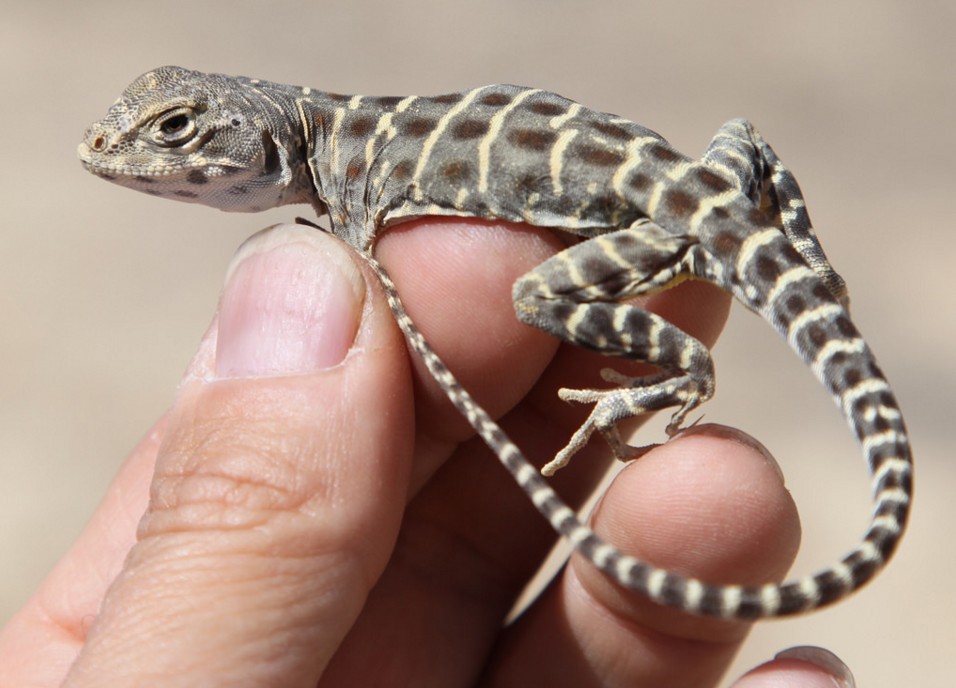
The endangered blunt-nosed leopard lizard. Photo: ©Mike Westphal
In some areas of California, as a result of the Sustainable Groundwater Management Act (SGMA), it is likely that large amounts of agricultural land will need to come out of production; predictions by TNC scientists and partners at Stanford suggest that as many as 200,000 acres will need to be retired over the next 10 to 20 years to achieve basin sustainability. A major opportunity lies in that scale of land use change. If portions of those retired lands are restored as a connected network of natural lands, multiple benefits could be created for farmers and San Joaquin Valley communities, in addition to helping meet groundwater sustainability.
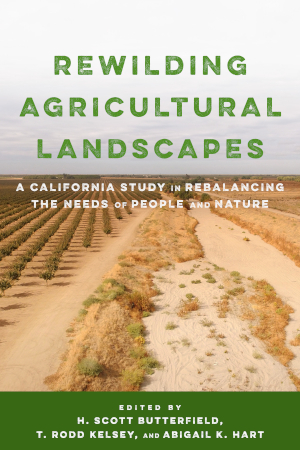
More information about this new book from Island Press can be found here.
With that in mind, TNC embarked on a conservation strategy that focuses on restoring nature to the places where agriculture is no longer sustainable and retirement is likely, either because of the lack of water or the condition of the soil, and facilitating a more sustainable and healthy future for the communities in the Valley.
As this strategy was launched, TNC once again turned to science and long-term collaborators to better understand how restoration of retired farmlands could work for nature and people based on what has been done in the Valley and in similar agricultural regions around the world. The April 2021 Island Press book Rewilding Agricultural Landscapes: A California Study of Rebalancing the Needs of People and Nature, edited and written by TNC staff and colleagues, is a culmination of this decades old commitment to conservation and the science that informs it.
The book captures more than 30 years of science and on-the-ground experience to chart a path to a more hopeful, equitable, healthy and sustainable future in the San Joaquin Valley. The book takes a programmatic approach with lessons that can be applied in similar regions around the world and concludes with a vision of a region restored to ecological balance and equipped for inevitable climate change, allowing nature and people to prosper.
H. Scott Butterfield, T. Rodd Kelsey, and Abigail K. Hart, Editors
As the world population grows, so does the demand for food, putting unprecedented pressure on agricultural lands. At the same time, climate change, soil degradation, and water scarcity mean that…M. Florencia Miguel, H. Scott Butterfield, Christopher J. Lortie
This meta-analysis provides a global synthesis of the which restoration practices – active vs. passive – are most successful at restoring plants, animals, and other ecosystem functions to…Rodd Kelsey, Scott Butterfield, Abigail Hart, Ruthie Redmond, Hope Bigda-Peyton
This Policy Brief summarizes the results of a study on the potential for strategic habitat restoration in the San Joaquin Valley of California as an important part of reducing overall water…Christopher J. Lortie, Jenna Braun, Michael Westphal, Taylor Noble, Mario Zuliani, Emmeleia Nix, Nargol Ghazian, Malory Owen, H. Scott Butterfield
This paper evaluates how endangered species with highly restricted habitat needs and increasingly small population sizes (using blunt-nosed leopard lizard as our example), select and use available…Jacob E. Lucero, Taylor Noble, Stephanie Haas, Michael Westphal, H. Scott Butterfield, Christopher J. Lortie
Previous work at the Carrizo Plain by this team in 2018 showed that native shrubs facilitated endangered blunt-nosed leopard lizard populations, and should be considered part of plans for habitat…Joseph A. E. Stewart, H. Scott Butterfield, Jonathan Q. Richmond, David J. Germano, Michael F. Westphal, Erin N. Tennant, Barry Sinervo
Due to limited water resources, there is a global trend toward the retirement of farmland, especially in the San Joaquin Valley in California where the Sustainable Groundwater Management Act could…Michael F. Westphal, Taylor Noble, Harry Scott Butterfield, Christopher J. Lortie
Shrubs can play a key role in the structure of desert communities and can function as foundation species. Understanding desert shrub ecology is therefore an important task in desert conservation. In…Rodd Kelsey, Abby Hart, H. Scott Butterfield, Dan Vink
Restoring habitat in retired farmland could reduce water demand and provide ecosystem services for farmers and local communities. In some areas of California, as a result of the Sustainable…Chris Lortie, Alex Filazzola, Rodd Kelsey, Abigail Hart, Scott Butterfield
Over the past 100 years, California's Central Valley has undergone a massive transformation from desert to a mosaic of farmland and urban development. This transformation has also meant many…H. Scott Butterfield, Rodd Kelsey, Abigail Hart, Tanushree Biswas, Mark Kramer, Dick Cameron, Laura Crane, Erica Brand
California's Sustainable Groundwater Management Act (SGMA) established a framework for sustainable, local groundwater management. SGMA requires groundwater-dependent regions to…Jonathan Q. Richmond, Dustin A. Wood, Michael F. Westphal, Amy G. Vandergast, Adam D. Leache, Lawrence R. Saslaw, H. Scott Butterfield, Robert N. Fisher
This paper uses novel genetic approaches to document how land conversion in the San Joaquin Desert has affected population connectivity and relatedness in the endangered blunt-nosed leopard lizard.…Taylor J. Noble , Christopher J. Lortie , Michael Westphal, H.Scott Butterfield
This paper presents camera trap data comprising over 425,000 images from the Carrizo Plain National Monument. This unique collection of digital images allowed the authors to capture animal behaviours…Caroline Christian , Lawrence Saslaw, H. Scott Butterfield
To better understand the ecological role of cattle grazing in managing Carrizo Plain National Monument, we initiated a long-term study in 1997 designed to evaluate the effects of cattle grazing on…